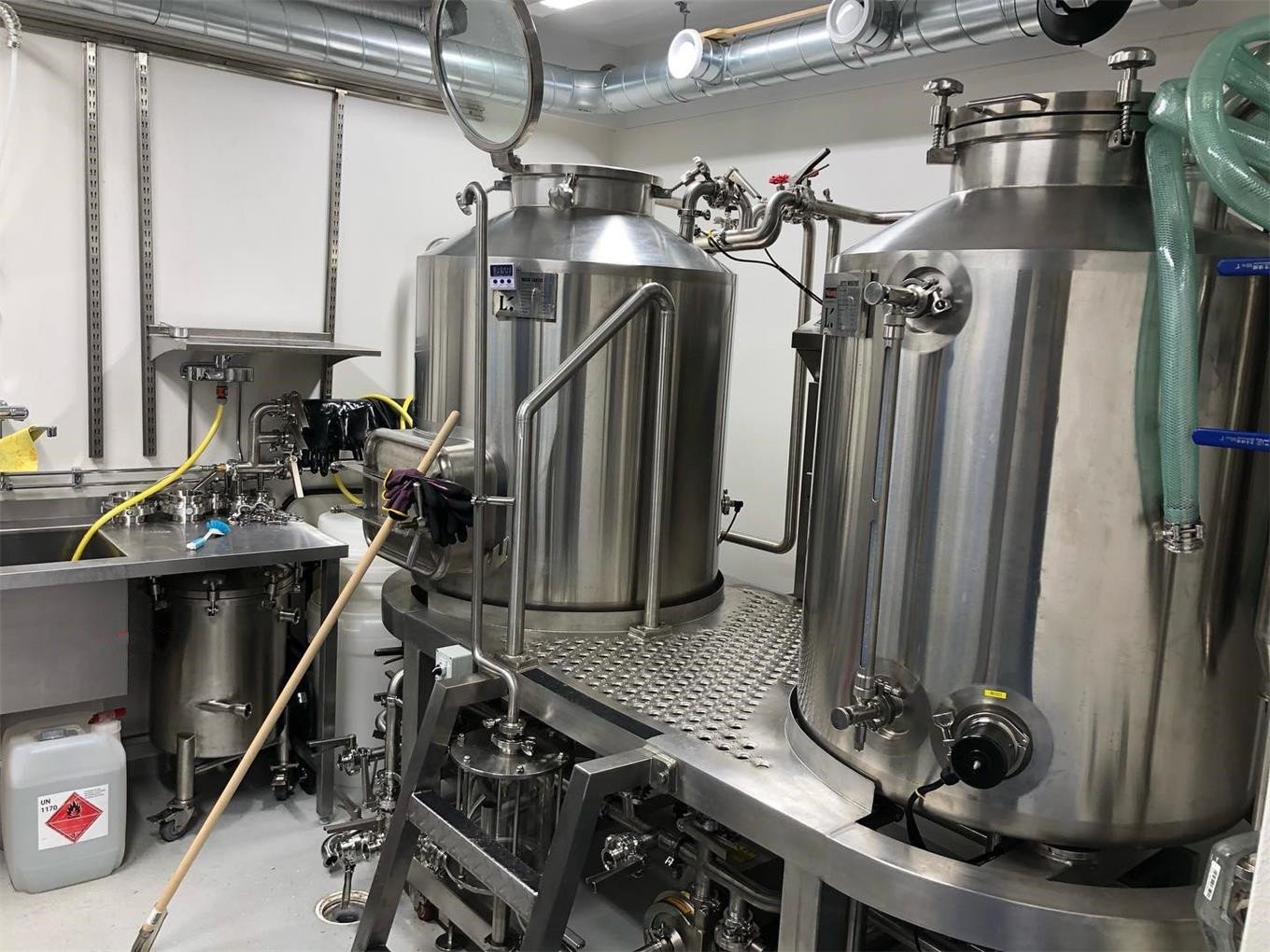Understanding Beer Brewery Equipment
Overview:
Beer brewing is both an art and a science, requiring precision, patience, and the right equipment. Whether you’re a homebrewer looking to scale up or an entrepreneur launching a microbrewery, selecting the best brewery equipment is crucial. The right setup ensures consistency, efficiency, and scalability, ultimately affecting the flavor and quality of your beer.
Brewing equipment varies widely in size, functionality, and complexity. From small-batch systems for craft breweries to large-scale commercial brewing plants, each component plays a vital role in the brewing process. This guide explores market trends, types of equipment, key components, cost considerations, and the best manufacturers in the industry.
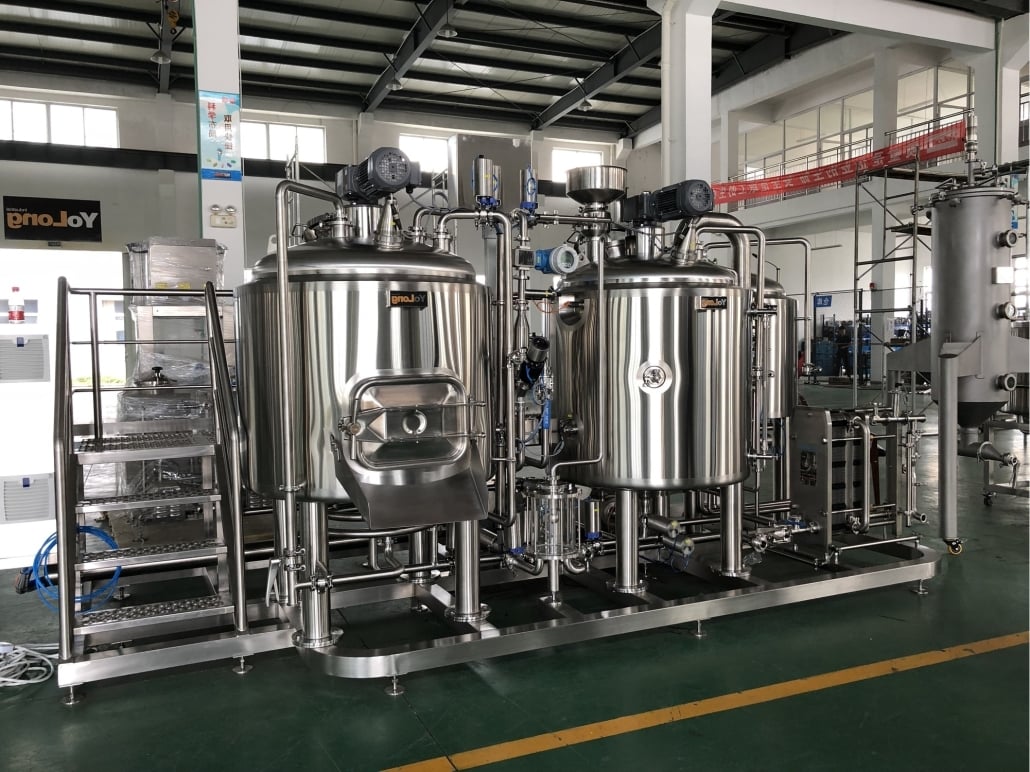
Market Trends and Importance of Beer Brewing Equipment
The craft beer industry has been booming, with a growing consumer preference for unique, locally brewed beers. According to market research, the global craft beer market is expected to grow significantly, driven by increasing demand for diverse flavors and independent breweries.
Brewers are now investing in modern, automated brewing systems to enhance efficiency and maintain quality. Sustainability is also a key focus, with many breweries adopting energy-efficient equipment and waste-reduction technologies. Whether you’re looking to start a nano-brewery or expand a large operation, understanding the latest equipment trends will help you make an informed decision.
Types of Beer Brewery Equipment
Brewery equipment can be classified into different categories based on the scale of production and brewing methods. Here’s a breakdown of the most common types:
1. Homebrewing Equipment
Homebrewing setups typically include basic fermentation tanks, kettles, and cooling systems. These systems are affordable and ideal for beginners looking to experiment with recipes.
2. Nano and Microbrewery Equipment
Nano and microbreweries produce small batches (typically under 15 barrels per batch). These setups require compact mash tuns, fermenters, and brite tanks to maintain quality without taking up excessive space.
3. Commercial Brewery Equipment
Larger breweries use advanced, fully automated brewing systems capable of handling large-scale production. These systems include brewhouses with automated temperature control, large fermenters, and sophisticated bottling lines.
4. Brewpub and Restaurant Brewery Equipment
Brewpubs often have mid-sized brewing systems integrated within a restaurant or bar. These systems focus on producing fresh, high-quality beer on-site, requiring specialized dispensing and serving equipment.
Key Components of a Brewery System
Every brewery setup consists of several essential components that contribute to the brewing process. Here’s a closer look at the key elements:
1. Malt Milling System
Before brewing, malted grains must be crushed to extract fermentable sugars. Malt mills vary in size and efficiency, with options ranging from manual grinders to industrial-grade rollers.
2. Mash Tun
The mash tun is where the magic begins! Crushed grains are mixed with hot water to activate enzymes that convert starches into sugars. Modern mash tuns feature temperature control systems to optimize this process.
3. Lauter Tun
This vessel separates the liquid wort from the grain solids. It uses a false bottom or sieve to filter out the spent grain, ensuring a clear wort for fermentation.
4. Boiling Kettle (Brew Kettle)
Once separated, the wort is boiled and hops are added for flavor and aroma. Advanced brewing kettles include steam jackets for precise temperature control.
5. Fermentation Tanks
Fermentation tanks are where yeast is added to convert sugars into alcohol. Depending on the brewery’s scale, fermenters range from small carboys to massive stainless steel conical tanks.
6. Bright Beer Tank
Before packaging, beer is transferred to a bright beer tank for carbonation and final conditioning. This step ensures a polished, ready-to-drink product.
7. Cooling and Glycol Systems
Temperature control is vital in brewing. Glycol cooling systems help regulate temperatures in fermentation tanks and prevent unwanted bacterial growth.
8. Bottling, Kegging, and Canning Equipment
The final step involves packaging the beer. Automated filling lines enhance efficiency, reducing oxygen exposure to maintain freshness.
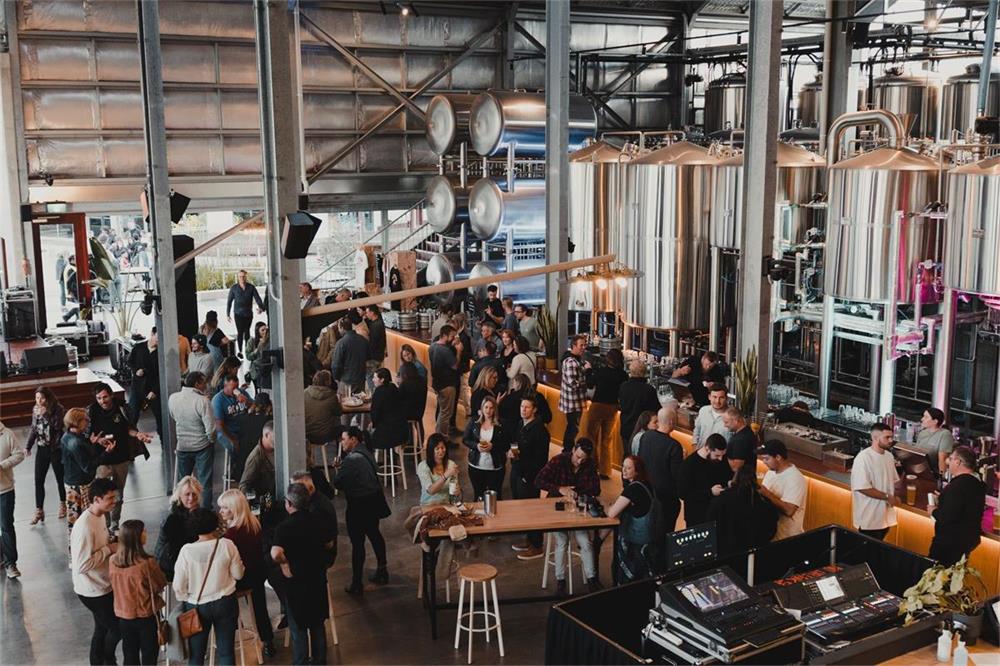
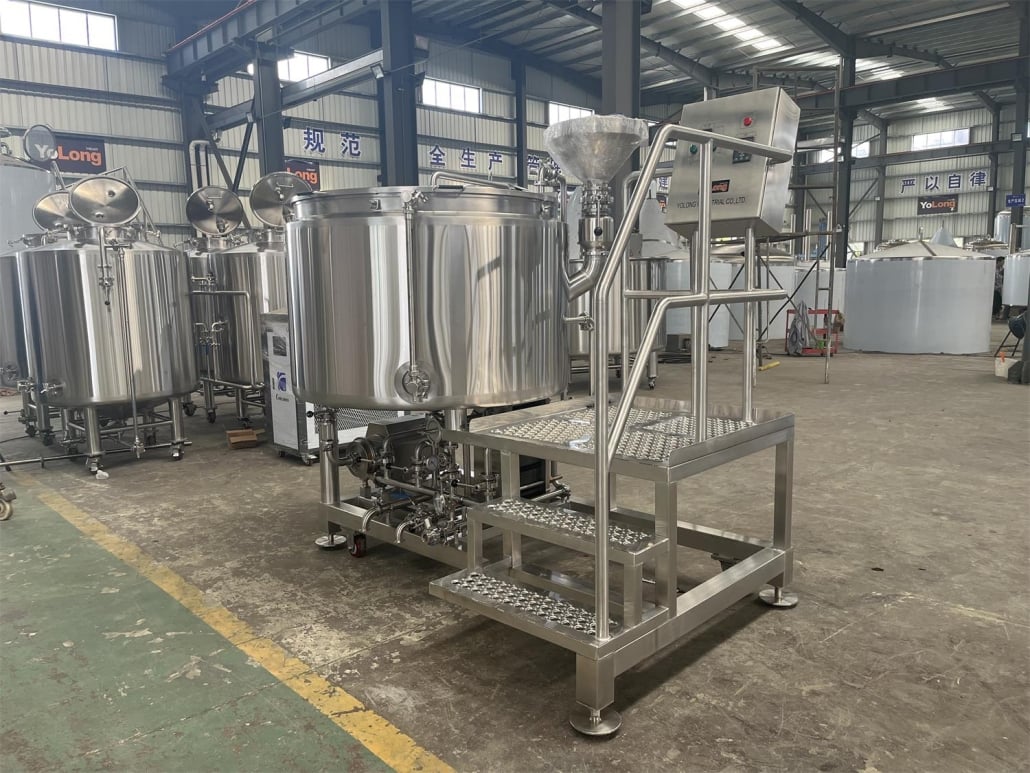
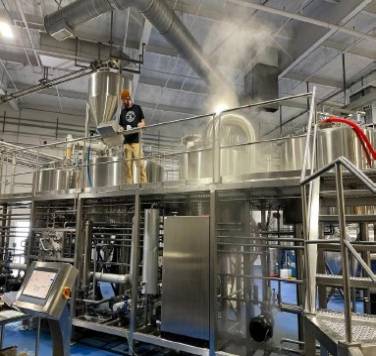
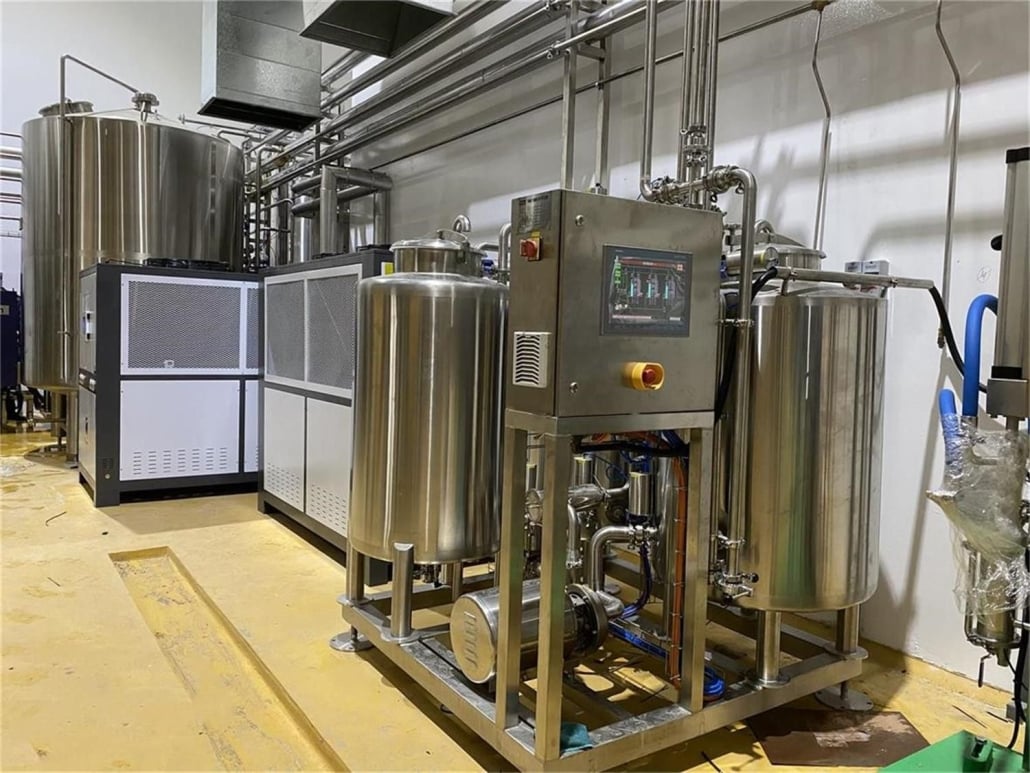
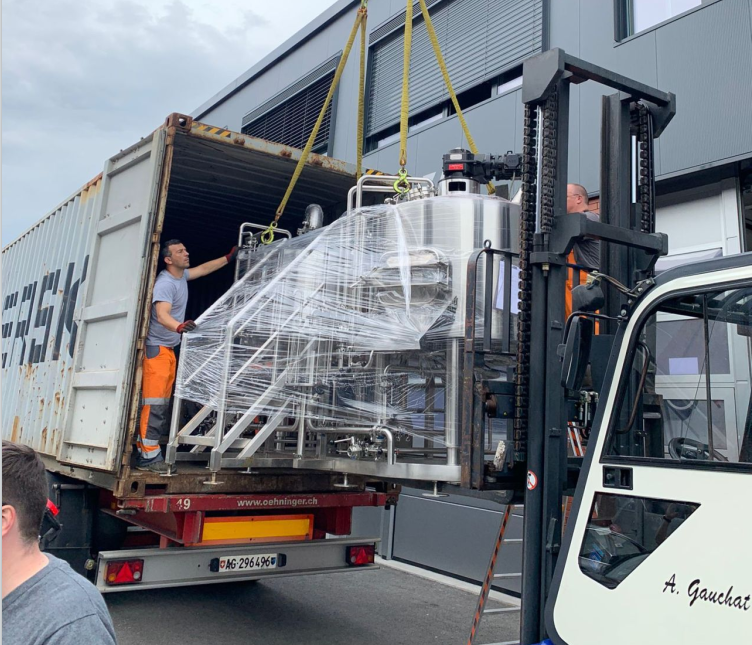
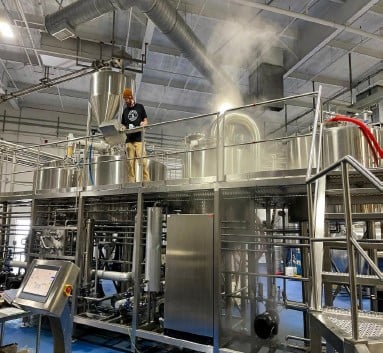
How to Choose the Right Brewery Equipment
| Factor | Considerations |
|---|---|
| Scale of Production | Determine your expected batch size and production volume. |
| Budget | Equipment costs vary widely; factor in both upfront investment and operational expenses. |
| Automation Level | Decide between manual, semi-automated, or fully automated systems based on your needs. |
| Space Requirements | Consider the available brewery space to ensure proper layout and ventilation. |
| Material Quality | Stainless steel is preferred for durability and easy maintenance. |
| Energy Efficiency | Look for energy-saving options to reduce operational costs. |
Cost of Brewery Equipment
The cost of brewery equipment depends on factors such as production capacity, automation level, and brand. Below is an approximate price range for different setups:
| Equipment Type | Price Range |
|---|---|
| Homebrewing Kit | $200 – $5,000 |
| Nano Brewery (1-5 BBL) | $10,000 – $100,000 |
| Microbrewery (5-15 BBL) | $100,000 – $500,000 |
| Commercial Brewery (15+ BBL) | $500,000 – $2,000,000+ |
Best Beer Brewery Equipment Manufacturers
Several reputable manufacturers supply high-quality brewery equipment. Here are some of the top choices:
- Ss Brewtech – Known for innovative brewing solutions for small to mid-sized breweries.
- Blichmann Engineering – Offers advanced homebrewing and nano-brewing equipment.
- Braukon – Specializes in automated brewing systems for craft and commercial breweries.
- Premier Stainless Systems – Provides full-scale brewery setups with custom configurations.
- Psycho Brew – Focuses on small-batch brewing equipment for startups and brewpubs.
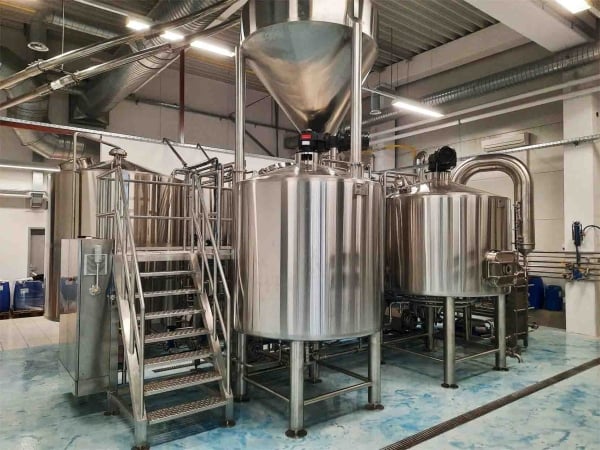
FAQ
| Question | Answer |
|---|---|
| What is the best brewery equipment for a beginner? | A homebrewing kit with a fermenter, mash tun, and bottling setup is ideal for beginners. |
| How much space is needed for a microbrewery? | A microbrewery typically requires at least 1,500-3,000 square feet, depending on production capacity. |
| Is stainless steel necessary for brewing equipment? | Yes, stainless steel is preferred due to its durability, resistance to corrosion, and ease of cleaning. |
| Can I upgrade my brewing system over time? | Absolutely! Many brewers start small and expand their systems as demand grows. |
| What factors affect the cost of brewing equipment? | Capacity, automation level, material quality, and brand reputation all influence pricing. |
Share this entry
Interested in learning more about Brewing Systems including additional details and pricing information? Please use the form below to contact us!
YOLONG BREWERY EQUIPMENT FAQS
- Commercial Brewery / Craft Brewery / Microbrewery / Nanobrewery
- What is The Difference Between Craft Beer and Industrial Beer?
- The Bespoke Differences In Custom Brewing Systems
- Everything You Need to Know About Kettle Souring
- How to Choose Brewing Equipment for Your business?
- How To Choose The-Best Partner To Build Your Commercial Microbrewing System?
- Two Detection Sensors That You Need To Use In Your Brewhouse System
- Remote Control Applications in Brewing Equipment/How does it work?
- How To Clean Your Brand New Brewery Tanks?

